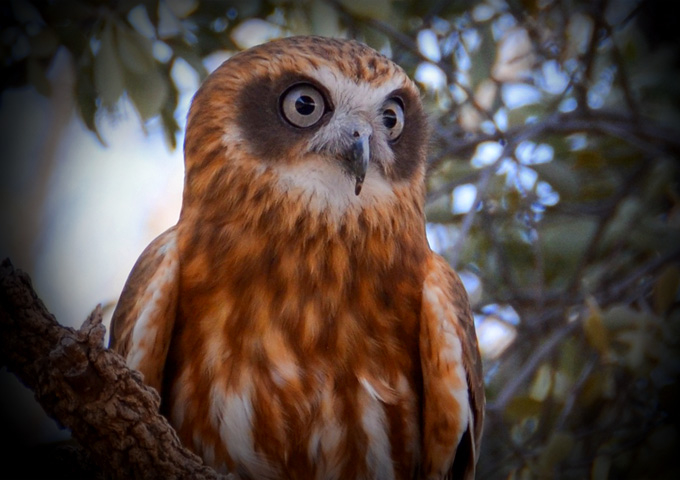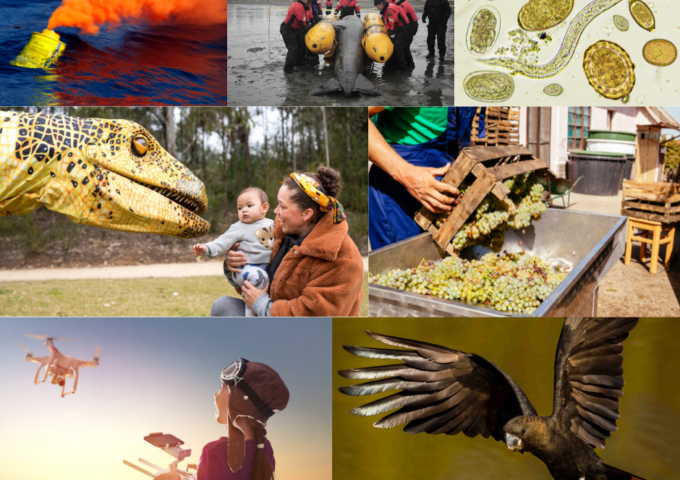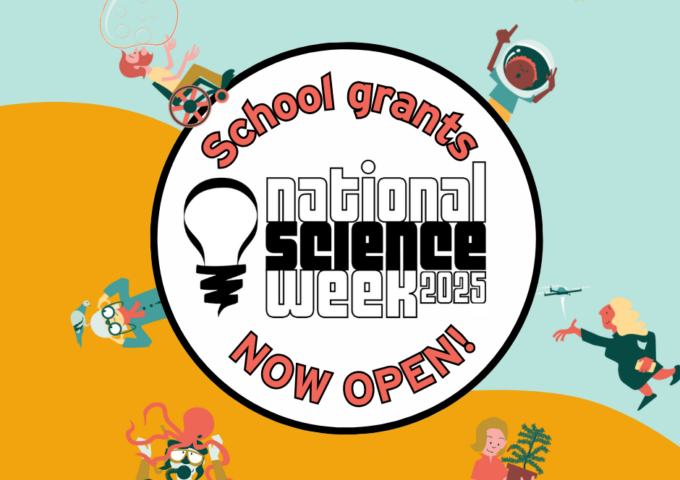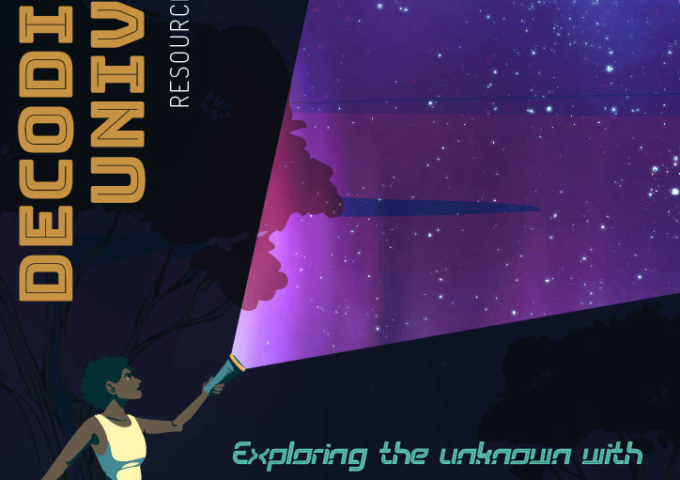
Can you hear a hoot? Join ABC Science’s citizen science project for National Science Week in 2021 and help find native owls from home!
Each year National Science Week partners with the ABC and some of Australia’s talented researchers to create a national project that everyone around Australia, wherever their location, can participate in.
This year’s project Hoot Detective was launched by Dr Ann Jones from ABC Science with Fran Kelly on RN Breakfast this morning. The project involves real data collection that scientists need our help to gather through citizen science.
Anyone with a connected device can become a Hoot Detective by listening to 10 second audio grab from a vast archive of recordings of the wild from all across Australia. Keep an ear out for any owl calls, then simply choose the sounds found in the audio from a short list of owls, frogs, insects, koalas and more.
Why should you give a hoot about Hoot Detective?
The Australian Acoustic Observatory is collecting sound from all over Australia to better understand the environment. Over 400 sensors have been placed in 360 sites across Australia. To find bird, frog, insect and animals calls in the vast archive of sound — currently up to 2 years of continuous recordings — scientists need the help of citizen scientists.
As well as creating a species map of native owls, hoot detectives will be training an AI engine to detect species calls in the future. These recordings will help scientists understand what creatures are where in Australia, and how our environment is changing in response to bush fires, floods, invasive species and climate change.
Since the project went live on 4 August, citizen scientists have already found 2624 owl calls in almost 800 sessions. Join the early-birds and help save scientists years of work in cataloguing this audio.
Head to Hoot Detective to meet the owls, learn more about the science behind the project, and get started. You can also check out the article on ABC News for more information.
Hoot Detective is a partnership between ABC Science, the Australian Acoustic Observatory, Queensland University of Technology and the University of New England.






